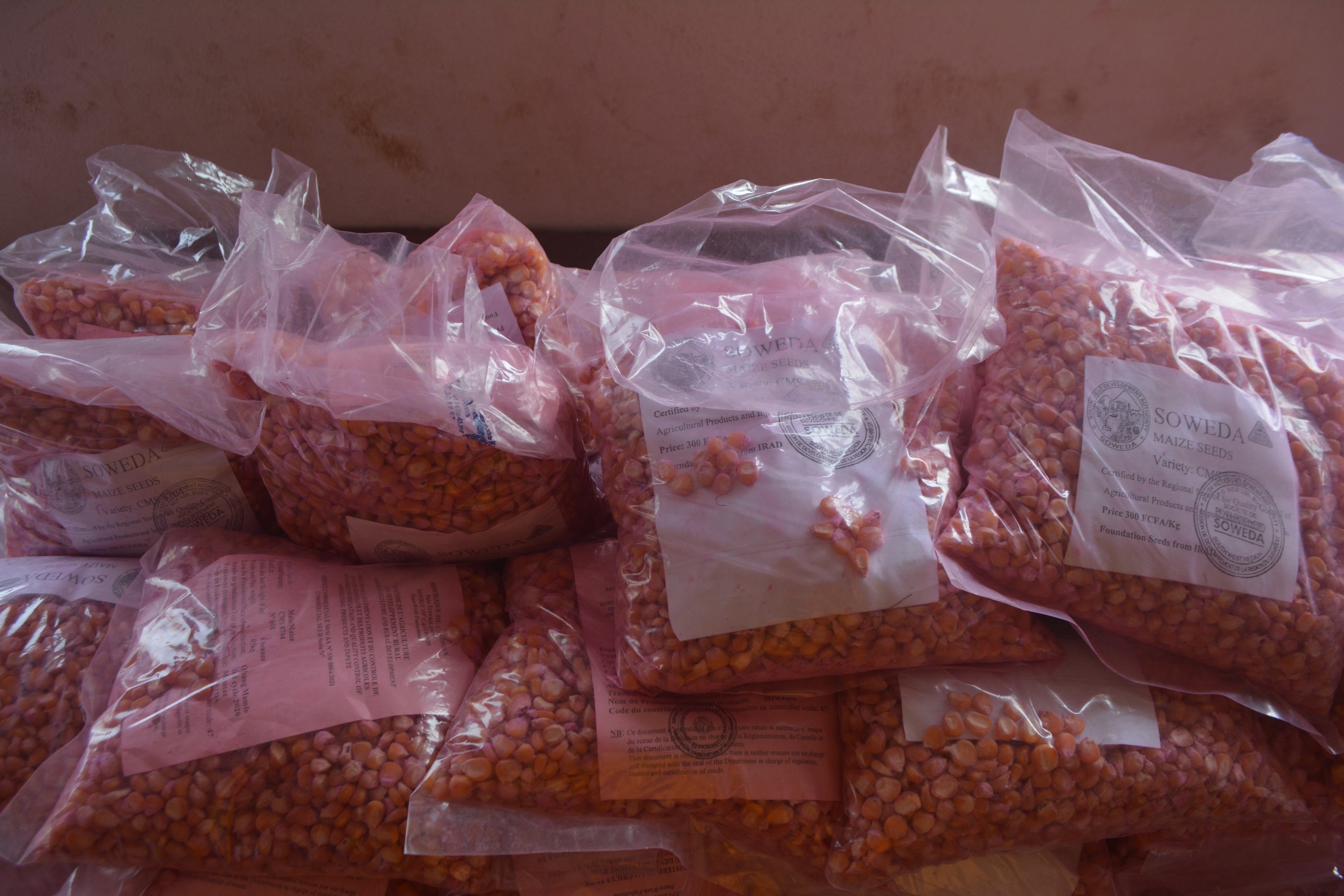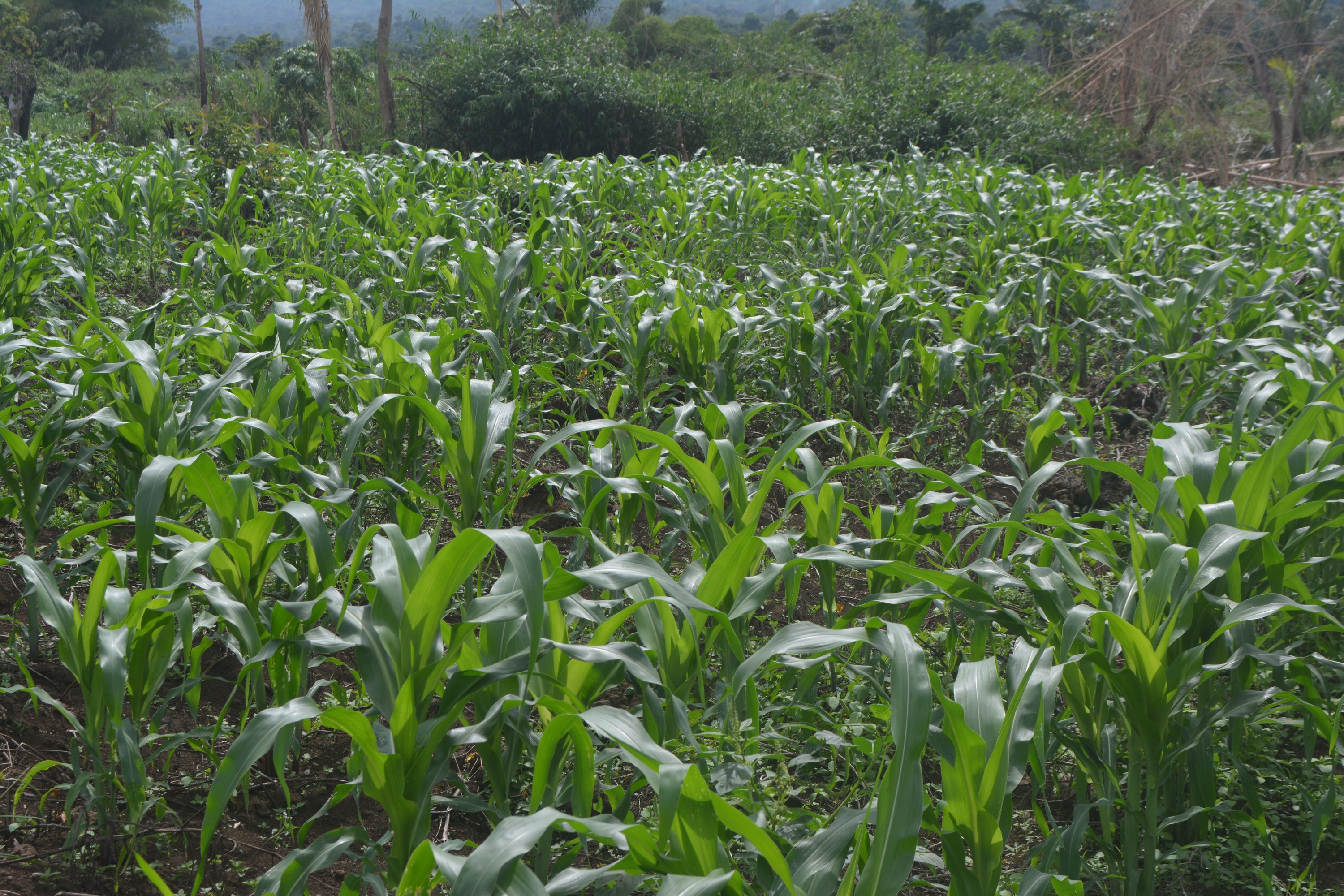Author
Soweda Admin
Fugit id adipisci voluptas quidem vel est excepturi. Recusandae et eius voluptates quae rerum. Quo quisquam molestias aut dolorem aut sit architecto ut.


The arrival of the month of August with the gentle drumming of rain on our roofs is generally the first sign that the ground is ready to welcome new seeds. Often, after the traditional August break of the rainy season, it is time for the second planting season to kick off in the South West Region. One of the main crops cultivated during this season is maize, which is consumed in households and also used as the primary energy ingredient in livestock feed. Maize is without doubt one of the major cereals produced in the region and its relatively short cycle of 3-4 months motivates farmers to sow.
When it comes to seed supply however, farmers are often at the mercy of seed producers who sell at high cost and may not always be able to provide the kind of seed farmers need. The problem is even more severe during the second planting season as a result of the fact that most seed producers do not have planting material ready to supply farmers. This unavailability of maize seed has forced some farmers to use local low yielding varieties for production. The local varieties result from either the use of grains of previous harvest or seeds of doubtful sources. Even with the application of fertilizers, their yields (shelled maize) seldom reach 1000 Kg/hectare.
Given the importance of this food crop in the region and knowing the difficulties farmers face, the South West Development Authority – SOWEDA spares no effort in ensuring that farmers have a steady supply of top quality planting material. The season is therefore a crucial period when inputs are produced for the next year.
At present, SOWEDA is focused on promoting the yellow CMS 8704 variety. Compared to white maize, the yellow CMS 8704 variety is higher in vitamin B-carotene content, which is a source of vitamin A (Retinol). Also, its yield ranges from 5,000 - 6,000 Kg/hectar.
In spite of the difficult financial situation that the Establishment has been grappling with during this 2021 Financial year, SOWEDA is putting every available resource to make sure that farmers get their planting seeds come March 2022.
This annual routine seed production procedure is executed under SOWEDA’s Sub-Department of crop production. The first part of the activity involves the identification of farms to be cultivated as regards location and size. To get maximum results this year, SOWEDA is exploiting its seed multiplication centres in Nyan-Kikoh, in Kupe-Muanenguba Division, Obang, in Manyu Division and Ekona in Fako Division as well as experienced seed producing Common Initiative Groups and Cooperatives.
With this step completed, foundation seeds have been acquired from IRAD and distributed to the different production centres taking into consideration the number of hectars cultivated per centre. Land preparation and planting then follows with the help of hired labour.
For this 2021 second planting season, a total of 625kg of maize seeds have been planted on 25 hectars of land with about 20kg planted per hactar for an estimated harvest of 3 tons of maize seeds per hectar.
As the plants germinate and sprout, focus will shift to farm maintenance which includes the application of fertilizers, weed control and the use of insecticide to combat the fall army worm and stem borers which are known threats to the maize plants in the South West Region especially during the second planting season.
At the end of the year, matured maize cobs will be harvested and then processed in January 2022 for distribution to farmers in March as improved maize seeds. SOWEDA expects to produce about 75 tons of maize seeds for planting in 2022.
Category: News